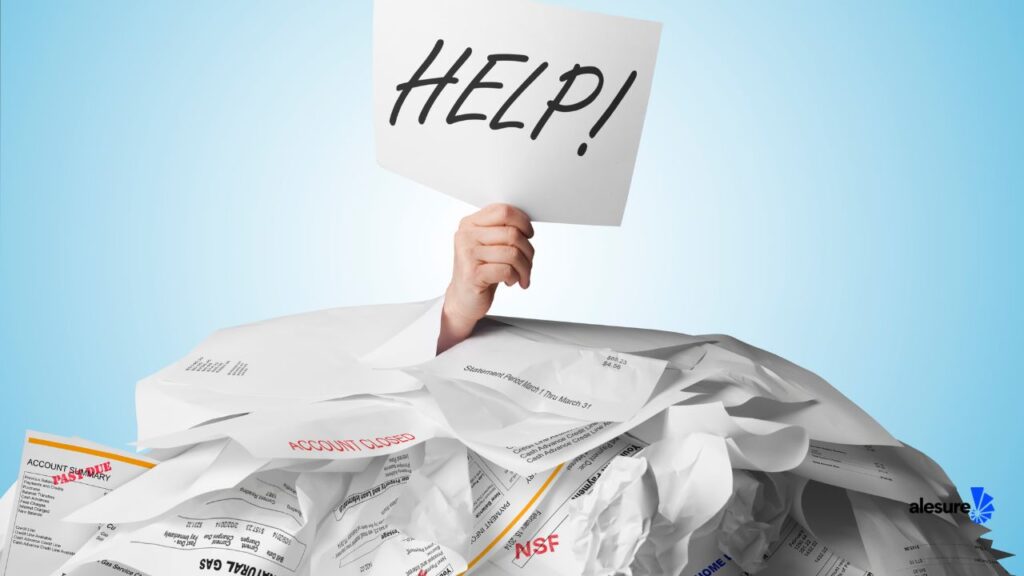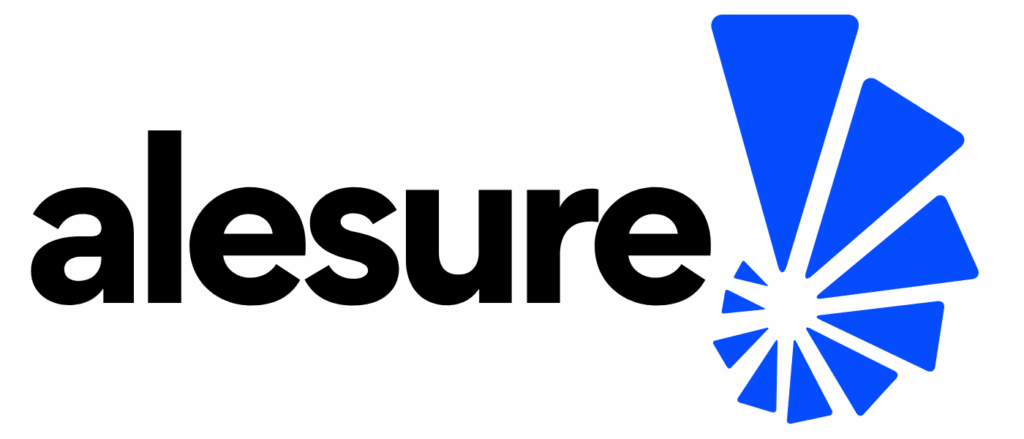Paying off debt is one of the biggest financial challenges people face. Between credit cards, student loans, and personal loans, the burden can feel overwhelming. Two of the most popular strategies for tackling debt are the debt snowball method and the debt avalanche method. Both have proven to be effective, but they work in different ways. The question is, which one gets you debt-free faster, and which is right for you?
Understanding the Debt Snowball Method
The debt snowball method, popularized by personal finance expert Dave Ramsey, is built on psychology rather than math. With this approach, you list your debts from smallest to largest, regardless of interest rate. You make minimum payments on all debts except the smallest one, and you throw any extra money you have at that smallest balance. Once the smallest debt is gone, you move on to the next smallest, and the momentum builds like a snowball rolling downhill.

The advantage of the snowball method is motivation. Paying off a small balance quickly gives you a sense of progress. That progress keeps you engaged, especially when you’re tempted to give up. For many people, this emotional boost is the key to sticking with a debt repayment plan long enough to succeed.
The downside is that mathematically, it’s not always the most efficient. You might pay more in interest over time if your larger debts have high interest rates.
Understanding the Debt Avalanche Method
The debt avalanche method takes the opposite approach. Here, you focus on the numbers. You list your debts by interest rate, from highest to lowest. You pay minimums on all but the debt with the highest interest rate, then put all extra money toward that one. Once it’s paid off, you move to the next highest interest rate, and so on.
The avalanche method saves you the most money in interest and often helps you pay off debt faster overall. If you have large balances with double-digit interest rates, this method can make a significant difference in how much you spend and how quickly you become debt-free.

The drawback is psychological. High-interest debts may also be large debts, which can take a long time to pay off. Without the quick wins, some people lose motivation and abandon the plan before they see real progress.
Which Method Gets You Debt-Free Faster?
From a strictly mathematical standpoint, the debt avalanche is usually faster. By eliminating high-interest balances first, you reduce the amount of money that compounds against you each month. Over the long run, this means less interest paid and a shorter overall timeline.
However, money management isn’t just math—it’s also behavior. If you’re the type of person who needs quick wins to stay motivated, the snowball method may actually get you debt-free faster in practice, because you’re more likely to stick with it. Many people start with the snowball to build momentum and then switch to the avalanche once they’re confident in their habits.
Choosing the Right Approach
The decision depends on your personality and financial situation:
- If you are disciplined and motivated by saving money, the avalanche method may be your best option.
- If you struggle with staying consistent or need visible progress early on, the snowball method may be more sustainable.
- Some people combine both strategies: they pay off one or two small balances snowball-style, then shift to avalanche to attack the high-interest debts.
Ultimately, the “best” strategy is the one you will stick to until you are debt-free.
Final Thoughts
Debt repayment is never easy, but having a structured plan makes the journey manageable. The snowball method gives you psychological wins, while the avalanche method gives you mathematical efficiency. Both strategies work, but success depends on consistency. Whether you roll with the snowball or power through with the avalanche, the most important step is committing to the process and refusing to add more debt along the way.




